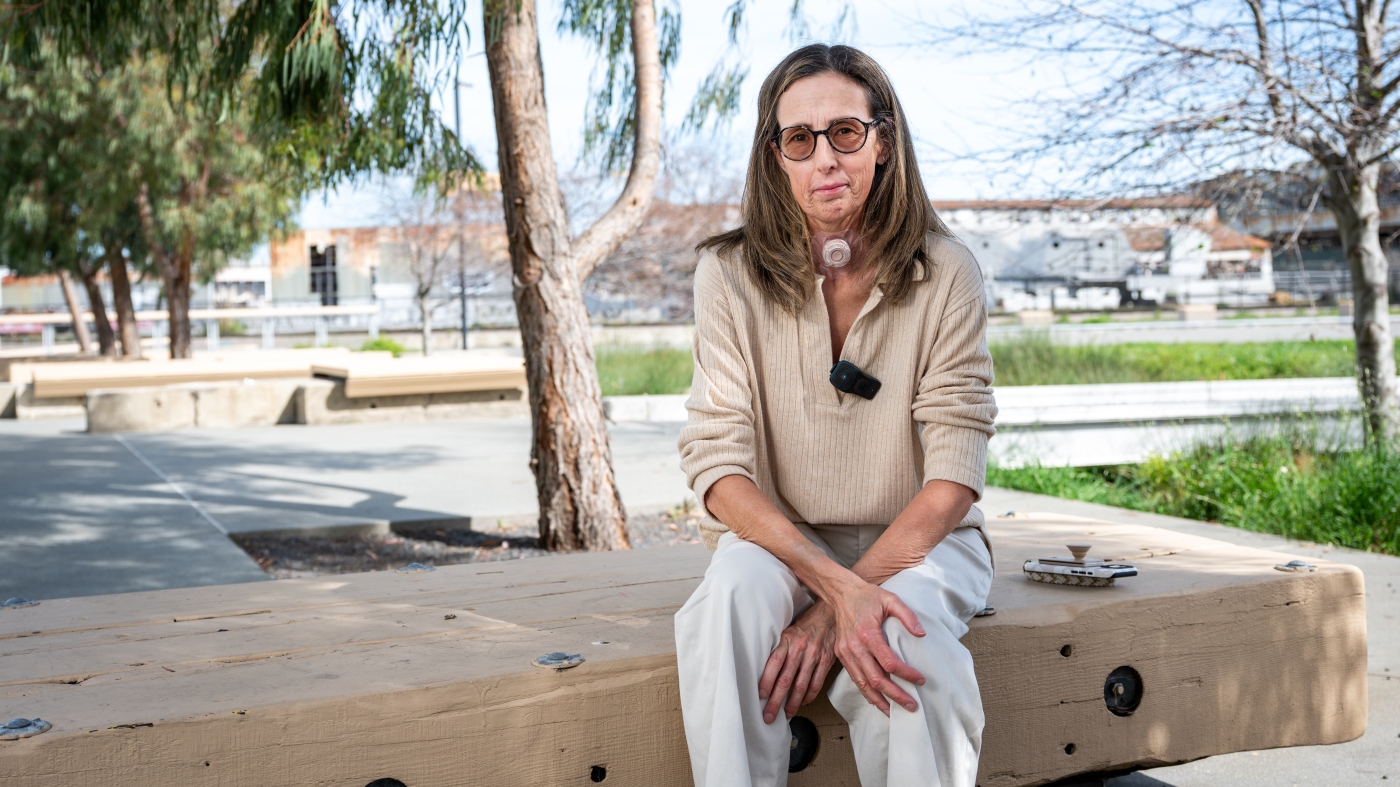The Intersection of Cancer, Creativity, and Code: How AI Restored a Lost Voice
Introduction: The Power of the Human Voice
The human voice is a profound instrument, capable of conveying emotions, thoughts, and identities in ways that no other form of communication can replicate. It is a unique fingerprint, a melody that defines who we are and how we connect with the world. For Sonya Sotinsky, the prospect of losing her voice due to oral cancer was not just a medical challenge but a personal crisis. Her journey to reclaim her voice through a blend of creativity, technology, and artificial intelligence (AI) is a testament to the resilience of the human spirit and the transformative potential of modern innovation.
The Silence Falls: Confronting the Loss of Voice
When Sonya Sotinsky was diagnosed with oral cancer, she faced a life-altering decision: undergo surgery to remove her tongue and voice box to combat the disease, or risk losing her life. The surgery offered a chance at survival, but it came at a significant cost—her natural voice. This realization was devastating. Her voice was an integral part of her identity, a tool she used to express love, humor, and sarcasm. The thought of losing it was unbearable.
Sonya’s initial reaction was one of determination. She refused to accept that her voice would be silenced forever. She understood that her voice was more than just a means of communication; it was a reflection of her personality, her emotions, and her unique way of interacting with the world. This understanding drove her to take proactive steps to preserve her voice before it was too late.
Banking on Sound: Preserving the Essence of Speech
Before undergoing surgery, Sonya embarked on a mission to capture the essence of her voice. She recorded herself speaking, reading aloud, and expressing herself in various ways. This was not a clinical exercise but a deeply personal endeavor. She recorded herself reading children’s books, envisioning a future where she could share these stories with her grandchildren. But she also included something unexpected: curse words and sarcastic sayings.
This seemingly unconventional choice was a reflection of Sonya’s personality. As she put it, “Sarcasm is part of my love language.” It was essential for her that the AI-reconstructed voice captured the full spectrum of her character, including her wit and humor. These recordings became her “voice bank,” a digital repository of her vocal identity waiting to be unlocked.
The Algorithm’s Alchemy: AI Steps In
The next chapter of Sonya’s story involves the transformative power of artificial intelligence. Tech companies are increasingly using AI to help individuals who have lost their voices due to conditions like ALS or oral cancer. In Sonya’s case, her voice bank was used to train an AI model to recreate her unique vocal characteristics. This process involves complex algorithms analyzing the nuances of her speech patterns, intonation, and even her unique accent. The AI essentially learns to mimic her voice, allowing her to generate new speech from text.
The results have been extraordinary. Sonya can now communicate using a voice that, while synthetic, retains the essence of her original sound. This has had a profound impact on her life, allowing her to reconnect with loved ones, express herself fully, and reclaim a vital part of her identity. It’s important to note that this isn’t merely about functionality; it’s about emotional connection. Hearing a voice that is recognizably her own allows Sonya to engage in conversations with a sense of authenticity that would otherwise be impossible. Even saying “I love you” carries a renewed significance when spoken in a voice that resonates with her loved ones.
Beyond Recovery: Advocacy and the Future of Voice Restoration
Sonya’s story extends beyond personal triumph; it speaks to the future of voice restoration and the importance of advocacy. Her experience highlights the potential of AI to empower individuals facing similar challenges. It also underscores the need for increased awareness and access to these technologies. Every patient deserves a voice, regardless of the circumstances.
Furthermore, Sonya’s journey raises important questions about identity and technology. What does it mean to have a voice in the digital age? How can we ensure that AI-generated voices accurately reflect the personalities and nuances of the individuals they represent? These are complex ethical and philosophical considerations that will become increasingly relevant as AI technology continues to evolve.
A Voice Reborn: A Testament to Resilience
Sonya Sotinsky’s story is a powerful reminder of the human spirit’s capacity for resilience and the transformative potential of technology. Facing the devastating loss of her voice, she refused to be silenced. Through her proactive efforts to preserve her vocal identity and the innovative application of AI, Sonya not only regained her voice but also became an advocate for others facing similar challenges. Her story is a testament to the power of creativity, technology, and the enduring importance of the human voice. It demonstrates that even in the face of adversity, we can find new ways to express ourselves, connect with others, and reclaim our identities. The curse words, the children’s books, and the AI that brought it all back together serve as a unique and inspiring symbol of her victory.







